An evidence-focused synthesis by a scientist with years of experience in muscle and connective-tissue biology
Controlled trials and mechanistic studies show that (1) collagen-derived proteins (hydrolyzed collagen peptides and gelatin) can augment connective-tissue collagen synthesis when combined with mechanical loading, (2) there is promising evidence for reduced activity-related joint pain and improved tendon morphology in trained populations, and (3) timing (≈1 hour pre-load), co-ingestion of vitamin C, and dose (roughly 5–15 g/day, modality dependent) appear to matter. However, heterogeneity in products and study designs means benefits are plausible rather than guaranteed for every athlete. Key human trials, meta-analyses, and mechanistic studies are cited below so you can judge the strength of evidence.
1. Why collagen matters to athletes — a biological primer
Collagen is the dominant structural protein in connective tissues: tendon, ligament, cartilage, bone matrix and the extracellular matrix (ECM) of skeletal muscle. Type I collagen (the most abundant in tendon and bone) supplies tensile strength; type II predominates in articular cartilage; other types (III, V, X…) have specialized roles in repair and microarchitecture. The mechanical performance of tendon/ligament (stiffness, ultimate load) depends not only on collagen quantity but on collagen crosslinking, fibril organization and non-collagenous matrix components — all of which are responsive to mechanical loading and biochemical environment.
For athletes the two translationally important points are:
- Tendon/ligament/bone ECM is remodelled by mechanical load. Short bouts of high strain separated by rest spur collagen synthesis and improved mechanics. Nutrition can modulate that process. PMC
- Skeletal muscle adaptation is not only myofibrillar (actin/myosin) — the ECM and intramuscular collagen network influence force transmission, repair, and hypertrophy. Collagen-derived peptides may influence both ECM and myogenic signaling.
2. Forms of supplemental “collagen” and basic pharmacology
Common supplemental forms:
- Gelatin — denatured collagen (heating); rich in the collagen amino-acid pattern (glycine, proline, hydroxyproline). Gelatin gels at room temperature in some applications.
- Hydrolyzed collagen / collagen peptides (CPs) — enzymatically broken to small peptides (better solubility & absorption). Commercial products vary by source (bovine, porcine, marine), average peptide length, and proprietary peptide profiles.
- Undenatured type II collagen — used mainly for autoimmune/osteoarthritis contexts (different mechanism), less relevant for tendon loading.
After oral ingestion, collagen proteins are digested to amino acids and small peptides (di-/tri-peptides such as Pro-Hyp and Hyp-Gly) that appear in plasma and can reach tissues. Specific collagen-derived dipeptides have been shown in vitro and in vivo to have bioactive effects (see Mechanisms). Product heterogeneity matters: different hydrolysates produce different peptide fingerprints and therefore possibly different bioactivities.
3. Mechanisms: how could oral collagen affect tendon, muscle and recovery?
Several complementary mechanistic routes have experimental support:
a. Substrate availability — collagen is enriched in glycine, proline, hydroxyproline. Supplementation increases circulating pools of these unusual collagen amino acids, which can be used in local collagen synthesis and crosslinking during repair/adaptation. Human experiments show plasma hydroxyproline and other collagen amino acids peak ≈1 hour after gelatin ingestion.
b. Bioactive dipeptides as signaling molecules — enzymatic hydrolysis generates di- and tri-peptides (e.g., Pro-Hyp, Hyp-Gly). In cell models these peptides can:
- stimulate fibroblast activity and collagen production,
- activate anabolic signaling (PI3K → Akt → mTOR) in myoblasts promoting differentiation/hypertrophy, and
- attenuate inflammatory pathways in certain contexts.
Kitakaze and colleagues (2016) showed Hyp-Gly increases myogenic differentiation and myotube hypertrophy in C2C12 cells via Akt/mTOR signalling; other preclinical studies report Pro-Hyp effects on regeneration. These data offer plausible molecular routes linking oral collagen ingestion to muscle and ECM adaptation.
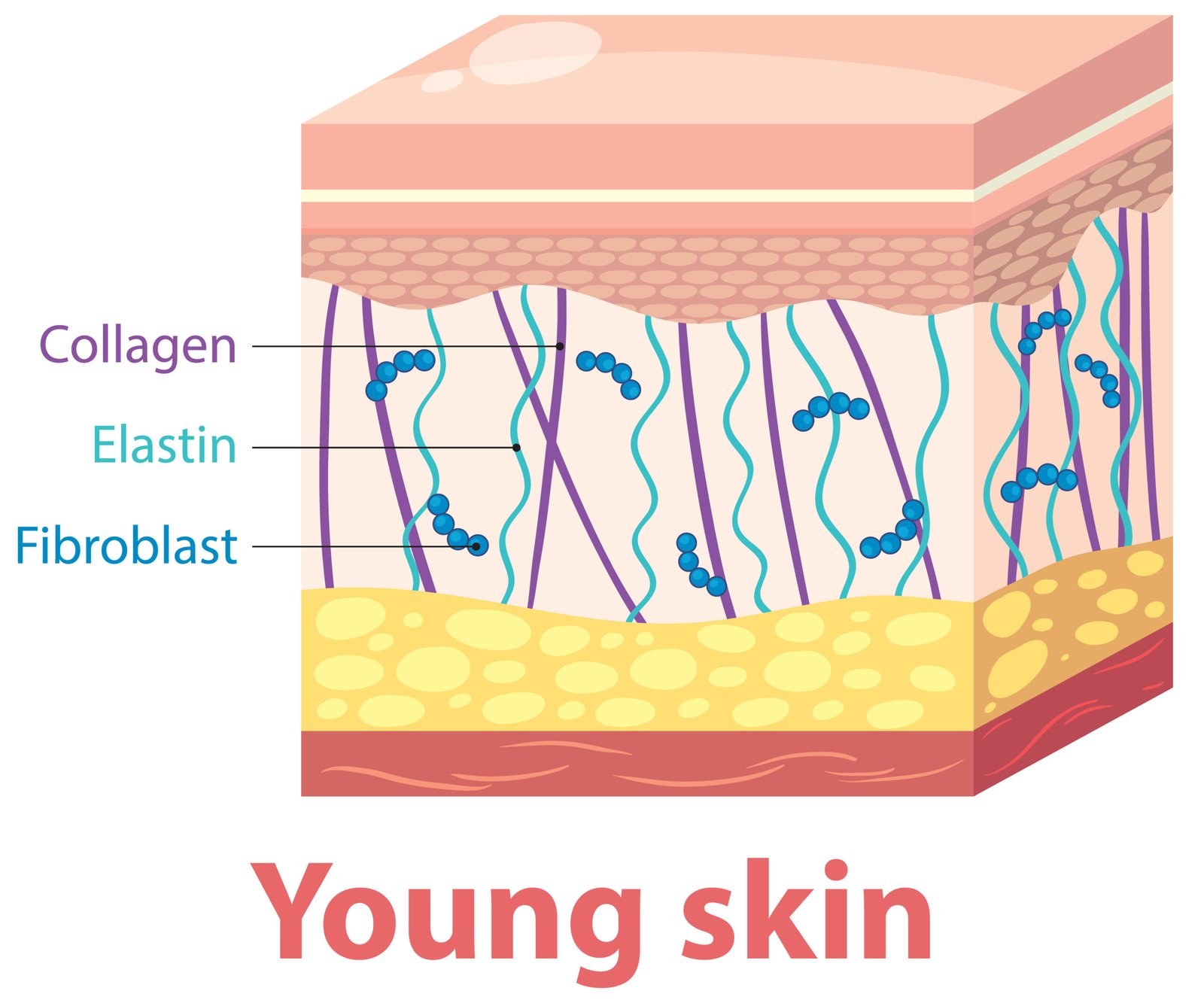
c. Vitamin C as a required cofactor — ascorbic acid is essential for prolyl and lysyl hydroxylases (enzymes that hydroxylate collagen proline/lysine residues) and for lysyl oxidase (crosslink formation). Co-ingestion of vitamin C magnifies collagen synthesis responses in humans when given with gelatin prior to load. This is one of the clearest translationally actionable mechanisms.
d. Mechanical loading synergy — nutritional stimulation alone produces limited benefit. The strongest human evidence shows supplementation + targeted mechanical loading (resistance training or short high-strain bouts) produces tissue-level benefits (increased PINP markers, tendon morphological changes, reduced activity pain). In engineered ligament models and human studies the combination produces larger collagen synthesis than either intervention alone.
4. What the human trials and reviews say — outcomes important for athletes
I group the evidence by outcome: collagen synthesis markers, pain & recovery, and structural/functional adaptations (tendon, muscle).
a) Collagen synthesis markers (acute)
A randomized crossover trial found that 15 g gelatin + vitamin C consumed ~1 hour before intermittent high-impact activity significantly increased markers of collagen synthesis (PINP) compared with placebo; engineered ligament assays treated with serum from participants showed higher collagen content and improved mechanics. This is the mechanistic human experiment that gives the timing/dose rationale used in many applied protocols.
b) Joint pain and activity-related pain
Early and recent RCTs show consistent signals that daily oral collagen (various doses; many trials used 5–10 g/day or 10 g/day over months) reduces activity-related joint pain in physically active people. Examples:
- Clark et al. (2008) — 10 g/day collagen hydrolysate, 24 weeks, decreased activity-related joint pain in athletes.
- Zdzieblik et al. and follow-ups (2017, 2021) — specific collagen peptides (5 g/day) reduced activity-related knee pain and improved symptom scores in active adults over 12 weeks.
Systematic reviews and integrative reviews conclude that collagen peptides, particularly when combined with exercise, show promise for reducing joint pain and improving function, though methodological heterogeneity and risk of small-study bias exist.
c) Tendon morphology & mechanical properties
Recent randomized controlled work reported that 5 g/day of specific collagen peptides combined with 14 weeks of high-load resistance training increased patellar tendon cross-sectional area and changed tendon morphology more than placebo, suggesting collagen supplementation can augment tendon adaptation to load. These are important data for athletes seeking to strengthen tendon material properties during rehabilitation or load-cycling phases.
Related Products
-
Alpha Lion Mass Monster Stack
Original price was: $268.41.$169.99Current price is: $169.99. -
Animal 100% Whey Protein
$52.45 -
Animal Balanced Meal Whole Food Protein Supplement
$73.75
d) Muscle mass, strength and recovery
Several RCTs (often in untrained or older adults) have reported greater gains in fat-free mass and strength when collagen peptides were combined with resistance training, compared with placebo—changes that are comparable to other protein interventions in some studies but not all. Proposed mechanisms include dipeptide signaling and indirect improvements mediated by better tendon function or reduced pain allowing higher training loads. Meta-analyses and integrative reviews report modest but consistent effects for collagen peptides on body composition and recovery markers; however, heterogeneity in comparator proteins, population (age, training status), and dose complicates broad generalization.
5. Practical, evidence-based recommendations for athletes
Below are recommendations grounded in the clinical and mechanistic literature. These are not medical prescriptions; athletes with medical conditions should consult a clinician.
a. When to take it (timing):
- For connective-tissue adaptation or injury prevention (tendon/ligament/cartilage), the most persuasive protocol is gelatin or hydrolyzed collagen taken ~60 minutes before mechanical loading, because plasma collagen amino acids/peptides peak ~1 hour after ingestion. The classic human experiment used 5–15 g gelatin + ~50 mg vitamin C about 60 minutes prior to intermittent loading, repeated across training days.
b. Dose:
- Acute collagen-synthesis experiments: 5 g and 15 g gelatin increased circulating collagen amino acids; 15 g gave stronger PINP increases.
- Chronic trials: many used 5 g/day of specific collagen peptides (for tendon/muscle trials) or 10 g/day (for joint pain trials). The literature commonly reports benefits in the 5–15 g/day range depending on product and outcome.
c. Co-factors and protocol details:
- Always include vitamin C (food or ~50–100 mg) with collagen/gelatin when the goal is collagen synthesis / tendon repair — vitamin C is an obligate cofactor for collagen hydroxylation/crosslinking. The human gelatine study used a vitamin-C containing drink.
- Pair with mechanical loading — targeted resistance training, heavy-slow loading protocols, or short high-strain bouts separated by rest (the “bout + rest” model) produce the adaptive stimulus; collagen/gelatin augments the biochemical substrate/signalling.
d. Product choice & quality:
- Hydrolyzed collagen peptides are more soluble and convenient than gelatin and have the majority of RCT evidence (though gelatin + vitamin C has the key mechanistic human study). Choose third-party tested products (NSF/USP/third-party lab) to avoid contaminants and to ensure label accuracy. Source (bovine/porcine/marine) matters for allergen/ethics/dietary preference but not conclusively for efficacy.
e. Safety profile:
- Collagen peptides are generally well tolerated. Common minor effects include transient GI discomfort; avoid if you have known allergy to the source (e.g., fish or bovine). Supplements are not tightly regulated; check for contaminants and heavy metals, particularly in marine collagen.
6. Limitations, open questions and research priorities
Heterogeneity of products and peptides. Commercial collagen hydrolysates are not homogeneous. The dose–response and the active peptide(s) are not fully identified for many outcomes; some products used in trials are proprietary and may not generalize to all commercial brands.
Population & context specificity. Positive trials often involve people with activity-related pain, untrained or middle-aged adults, or rehabilitation settings. Evidence in elite athletes under very high chronic loads is sparser. Whether supplementation confers incremental benefit on top of high-quality nutrition (adequate total protein) and periodized training in elite athletes remains to be fully determined.
Direct vs indirect muscle effects. Some muscle benefits may be indirect (reduced pain → better training fidelity) rather than direct anabolic potency equal to leucine-rich proteins (whey). Mechanistic in vitro data on dipeptide signalling are compelling but require translation to dose-equivalent human contexts.
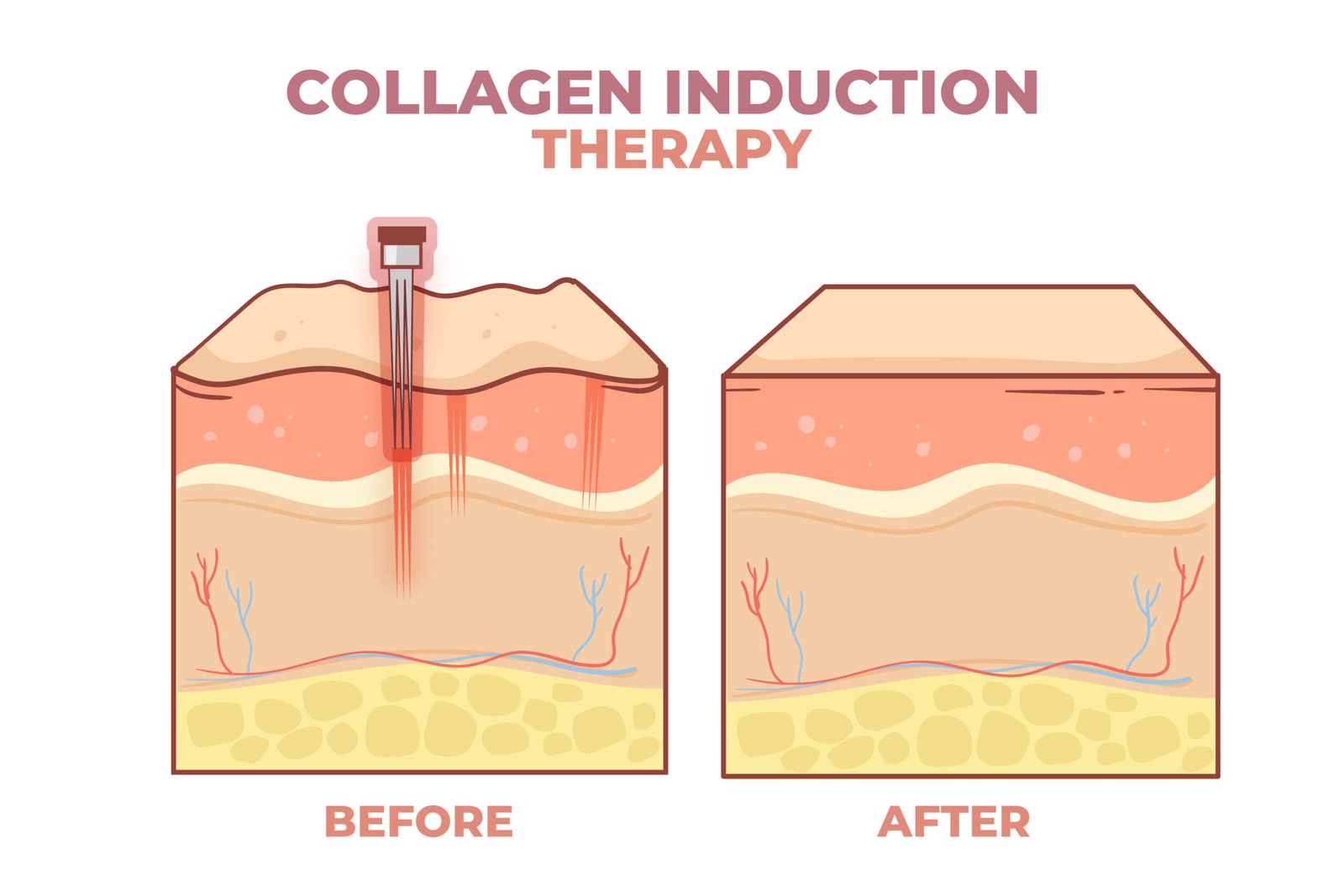
Long-term outcomes and injury prevention. Short-term increases in collagen synthesis markers and tendon morphology are promising, but well-powered, long-duration RCTs measuring injury incidence in athletes are limited. These are logistically and ethically challenging but are necessary to prove prevention claims.
7. Takeaway for practitioners and athletes (concise)
- If your goal is to support tendon/ligament adaptation or rehab after loading, a practical, evidence-based approach is: 5–15 g hydrolyzed collagen or 15 g gelatin + ~50–100 mg vitamin C, taken ≈60 minutes before a tendon-loading or resistance session, repeated consistently during the training/rehab block. This protocol is directly supported by mechanistic and RCT literature.
- For general joint pain relief and recovery, daily collagen peptides (≈5–10 g/day) combined with an exercise program have shown benefit in RCTs.
- Collagen peptides are an adjunct — they do not replace overall adequate protein intake, progressive mechanical loading, sleep, and injury-prevention practices. Product selection (third-party tested) matters.
8. Selected key references (readers who want to dive deeper)
- Shaw, G. et al., Vitamin C–enriched gelatin supplementation before intermittent activity augments collagen synthesis. Am J Clin Nutr, 2017 — acute human gelatin + vitamin C experiment showing timing/dose effect.
- Zdzieblik, D. et al., The influence of specific bioactive collagen peptides on knee joint discomfort in young physically active adults: a randomized controlled trial. Nutrients, 2021 — 5 g/day CP reduced activity-related knee pain.
- Jerger S. et al., Specific collagen peptides increase adaptions of patellar tendon morphology following 14-weeks of high-load resistance training: a randomized-controlled trial. Eur J Sport Sci, 2023 — CP + RT increased tendon CSA and morphology.
- Kitakaze T. et al., The collagen-derived dipeptide hydroxyprolyl-glycine promotes C2C12 myoblast differentiation and myotube hypertrophy. Biochem Biophys Res Commun, 2016 — mechanistic dipeptide → Akt/mTOR data.
- Bischof K. et al., Impact of collagen peptide supplementation in combination with exercise: systematic review (2024). Sports Med or similar review — summary of the latest trials and mechanistic insights.
Final, practical checklist for athletes/coaches (one page)
- Choose a hydrolyzed collagen peptide or gelatin from a reputable supplier (third-party tested).
- If targeting tendon/ligament adaptation or rehab: take 5–15 g collagen (or 15 g gelatin) + vitamin C ~60 min before your loading session. Repeat on training days.
- For general joint pain: consider 5–10 g/day for at least 8–12 weeks as part of an exercise programme; track symptoms and function.
- Don’t expect miracle effects — use collagen as adjunct to structured progressive loading, adequate total protein, sleep, and load management.
Closing scientist note
The last decade has transformed collagen from a niche beauty ingredient into a credible piece of the sports-nutrition puzzle. Mechanistic studies (bioactive dipeptides, vitamin-C dependence) and randomized human trials (pain, tendon morphology, muscle outcomes) form a convergent picture: collagen supplementation, when used with the right timing, co-factors, and mechanical stimulus, is a plausible, low-risk intervention to help athletes support connective-tissue adaptation and reduce activity-related pain. Nevertheless, the field needs larger, product-diverse, long-term trials in elite athletes and injury-prevention endpoints before universal recommendations are justified. For now, if you are an athlete or clinician interested in applying the evidence, follow the timing/dose framework above and prioritize high-quality products and good load management.

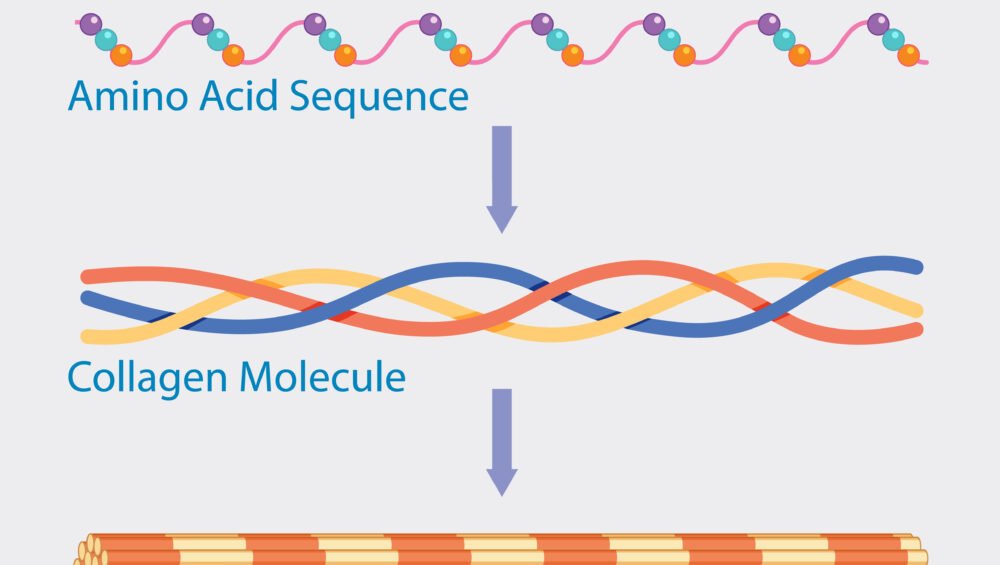
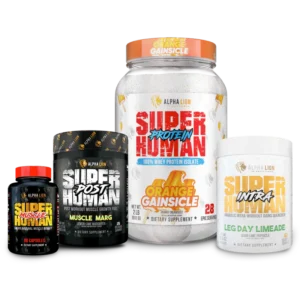
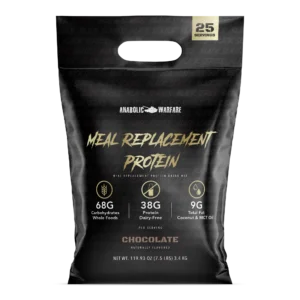
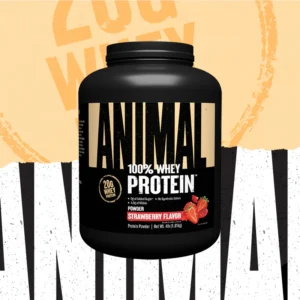
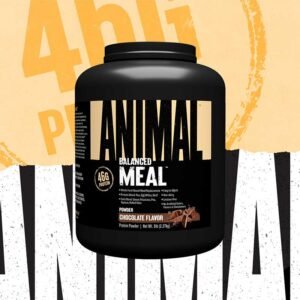
1 Comment
[…] levels in your blood can drop significantly as it’s shuttled to the damaged muscles. If your immune system doesn’t get enough fuel, it can’t do its job effectively. This is a major reason why […]